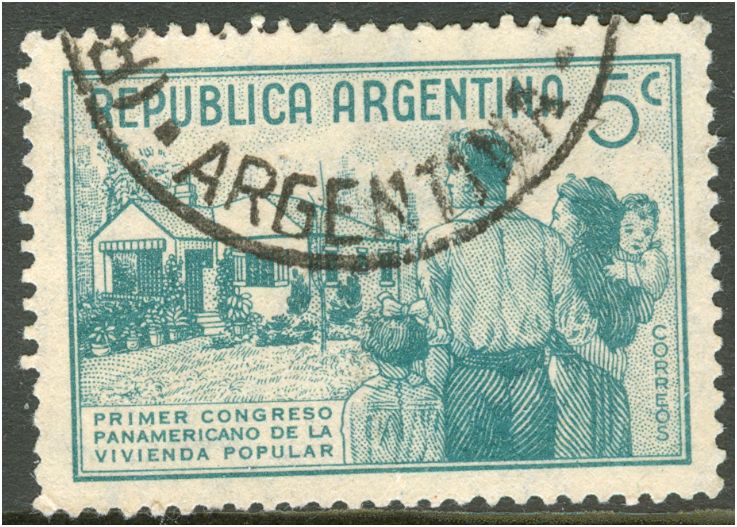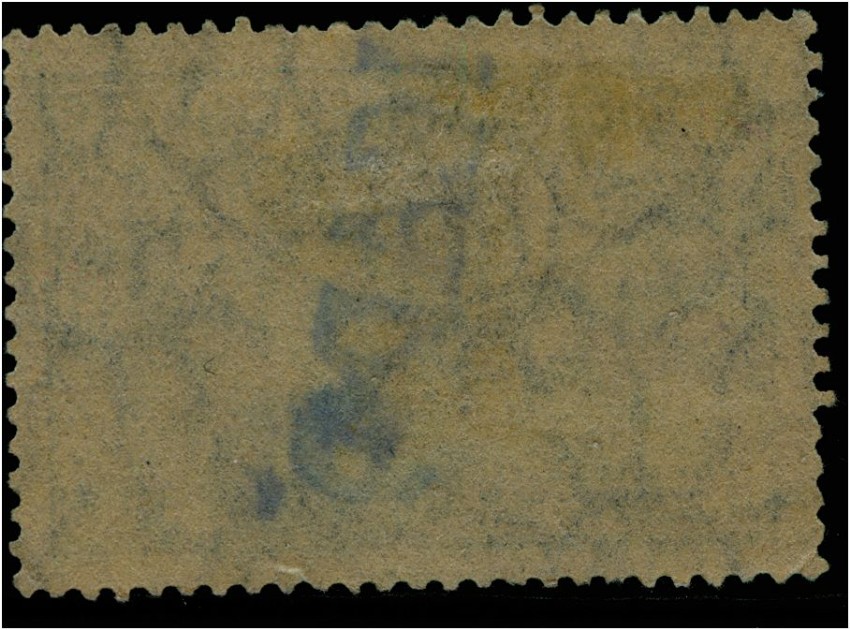Type "C" of Pettigiani is upposed to come from England in 1938. Called often "Mate Lustroso". In the typology of the watermarks it is of type II that we will also in the so-called Dutch paper..... What makes us wonder whether this paper is different!

Leopoldo Tenorio Casal gave some very accurately looking details about the typographed stamps of P&R I - the 1c Sarmiento, 5c Moreno and 10c Rivadavia. They are so detailed and measured in a completely different [from Merlo a.o.] that I tend to confide a lot in this!
The 5c of 24.03.1940 has a diameter of 10mm, the vertical distance between 2 alternate rows of suns is 30mm and the horizontal distance between 2 suns is 17.2mm! This is in line with my earlier remarks about the horizontal heart-to-heart distance between 2 alternate suns is 35mm and the vertical heart-to-heart distance between 2 alternate suns is 30mm!
Casal also refers to several other face values having been printed on the same type of paper and here we get confronted with the possiblilty of him referring to what we call the Dutch paper!
I am still not sure whether we have just ONE Dutch paper in that period!
The 1938 Pettigiani refers to is not clear to me! It refers to which stamp in particular???? MT 412 = 14.04.1940 Union Panamericana MT 417 = 05.12.1941 General Lavalle
both printed in photogravure!

